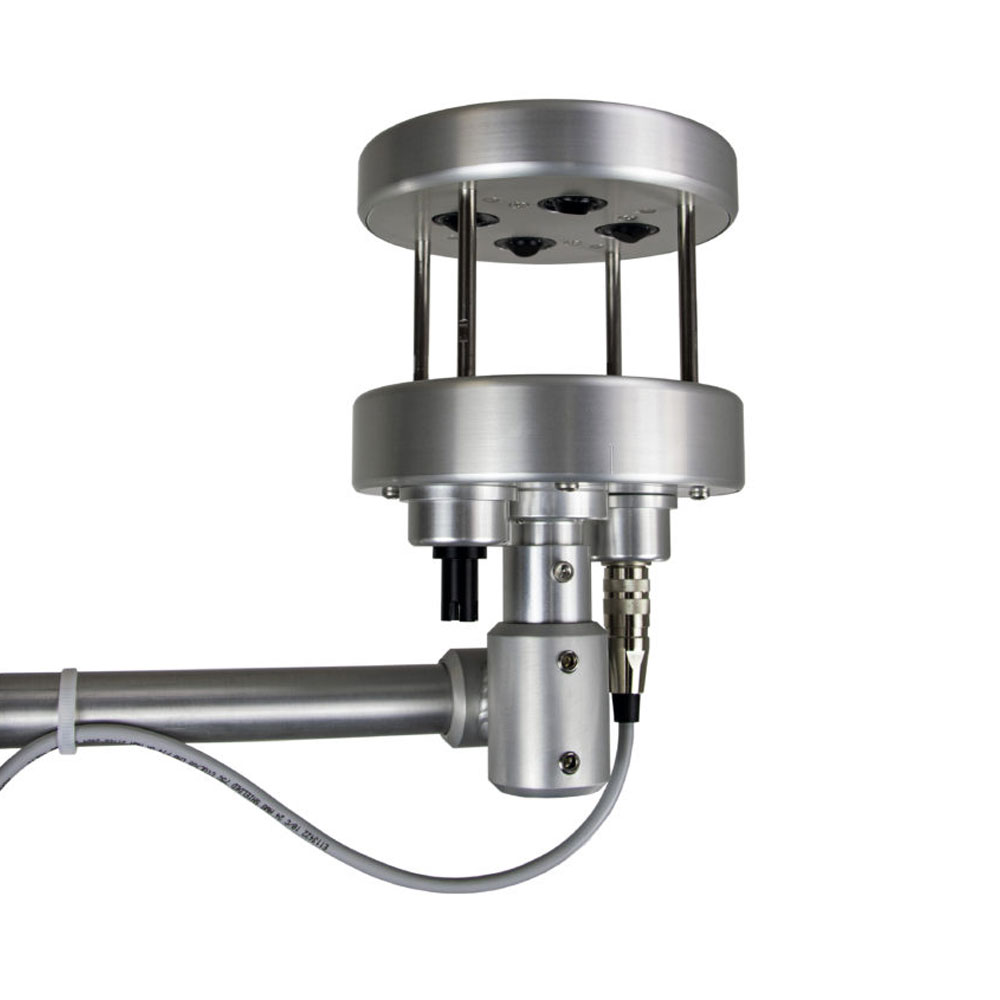Picking the Right Anemometer: A Comprehensive Acquiring Overview
Picking the Right Anemometer: A Comprehensive Acquiring Overview
Blog Article
Anemometers Introduced: Understanding Their Relevance in Ecological Surveillance and Safety And Security Measures
The function of anemometers in environmental monitoring and precaution is commonly undervalued, yet their significance is obvious. These instruments have a lengthy history rooted in clinical query and technical developments, evolving to come to be vital tools in different areas. From meteorology to air travel safety and security, anemometers play a vital role in supplying accurate information that educates decision-making processes and boosts overall safety and security. Recognizing the intricacies of anemometers reveals a globe of vital understandings that are basic to our understanding of the atmosphere and the procedures we require to ensure security.
Background of Anemometers
The advancement of anemometers can be traced back to the old human beings where primary wind gauging devices were initial used. These very early wind dimension devices laid the structure for the advancement of more advanced anemometers with time. One of the earliest recognized anemometers was the hemispherical mug anemometer invented by Leon Battista Alberti in the 15th century. This style was composed of 4 hemispherical mugs that accumulated wind energy, giving a measurement of its intensity based upon the rate of turning.
Over the years, developments in innovation led to the development of more modern-day anemometers, including ultrasonic anemometers and laser Doppler anemometers, providing boosted accuracy and effectiveness in determining wind rate and direction. The background of anemometers showcases an amazing trip of advancement and development in the area of weather forecasting.
Sorts Of Anemometers
Throughout the field of meteorology, different kinds of anemometers have actually been established to properly measure wind rate and instructions. Sonic anemometers use ultrasonic signals to measure wind speed and instructions properly. Hot-wire anemometers operate based on the principle that the cooling impact of wind on a heated cord is proportional to the wind speed.
Applications in Meteorology
Having actually gone over the various kinds of anemometers used in weather forecasting for determining wind speed and instructions, it is vital to discover their useful applications in the field. Anemometers play an essential role in meteorology by supplying precise and real-time information on wind problems (anemometer). Meteorologists utilize anemometers to monitor wind speed and direction to anticipate climate patterns, concern warnings for extreme climate occasions like twisters, storms, and cyclones, and examine weather for aviation safety
In weather forecasting, anemometers assist in recognizing regional and local wind patterns, which are vital for forecasting weather adjustments and establishing climatic fads. These gadgets are also utilized in study to research microclimates, metropolitan heat islands, and air contamination dispersion. Additionally, anemometers are employed in agriculture to maximize crop management practices, such as watering and chemical application, based on wind conditions.
Significance in Aeronautics Security
An integral element of making certain aeronautics safety and security hinges on the thorough monitoring of wind conditions using anemometers. Anemometers play a crucial function in air travel by providing real-time data on wind rate and instructions, assisting pilots in making notified choices throughout liftoff, trip, and landing. Uncertain and solid winds can substantially impact aircraft procedures, making it crucial for air travel authorities to depend on precise wind dimensions to make sure the security of guests and team.

In the dynamic atmosphere of aeronautics, where even small changes in wind rate and instructions can have extensive results, anemometers stand as essential devices for promoting secure and secure flight.
Role in Environmental Research
Anemometers play an essential role in ecological research by supplying important information on wind speed and direction. By properly determining wind characteristics, anemometers help researchers analyze the motion of pollutants in the air, examine the impact of industrial discharges, and anticipate the spread of pollutants in the environment.


Conclusion
In conclusion, anemometers have played an essential function in environmental monitoring and security actions. Comprehending the helpful hints importance of anemometers is necessary for accurately measuring wind speed and direction, which is important for predicting climate patterns, try this website making sure risk-free aviation operations, and conducting ecological research studies.
One of the earliest known anemometers was the hemispherical cup anemometer created by Leon Battista Alberti in the 15th century. Over the years, innovations in technology led to the advancement of even more modern-day anemometers, including ultrasonic anemometers and laser Doppler anemometers, providing enhanced precision and performance in gauging wind speed and direction. Hot-wire anemometers run based on the concept that the cooling impact of wind on a heated cable is proportional to the wind speed. Meteorologists make use of anemometers to keep track of wind rate and direction to forecast climate patterns, concern cautions for serious weather events like hurricanes, hurricanes, and storms, and analyze climatic conditions for air travel safety and security.
Understanding the significance of anemometers is vital for properly measuring wind rate and instructions, which is essential for predicting climate patterns, ensuring secure aeronautics operations, and conducting ecological my latest blog post researches. (anemometer)
Report this page